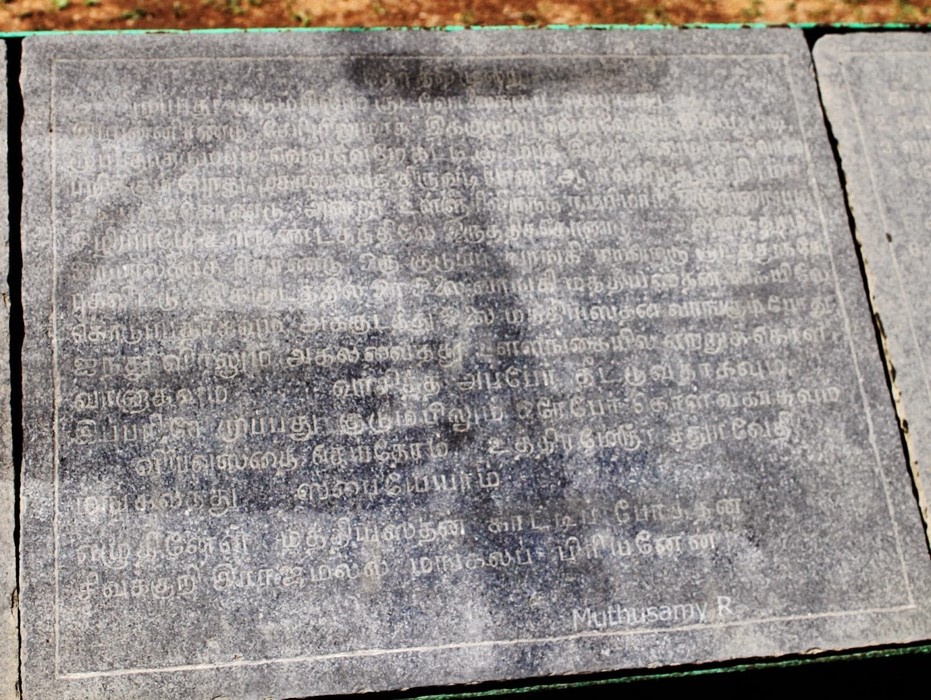Free Courses Sale ends Soon, Get It Now


Free Courses Sale ends Soon, Get It Now



Disclaimer: Copyright infringement not intended
Context
Prime Minister Modi referred to the Uttaramerur inscription in Kanchipuram, Tamil Nadu, while discussing India’s democratic history.
About Uttaramerur
About Uttaramerur inscription
What does it say?
About the Sabha
Qualifications
Disqualification
Responsibilities
|
Name |
Number of members |
Meaning |
|
Samvatsara-Variyam |
12 |
Annual Committee |
|
Totta-Variyam |
12 |
Garden Committee |
|
Eri-Variyam |
6 |
Tank Committee |
|
Panchavara-Variyam |
Unknown |
Standing Committee |
|
Pon-Variyam |
Unknown |
Gold Committee |
Link of the inscription with democracy
About Parantaka Chola I
Extent of Parantaka I's influence
Civic and religious contributions
|
PRACTICE QUESTION Q) While the Uttaramerur inscription gives details of local self-governance, it is far from a truly democratic system. Do you agree? Justfiy. (250 words) |
© 2024 iasgyan. All right reserved